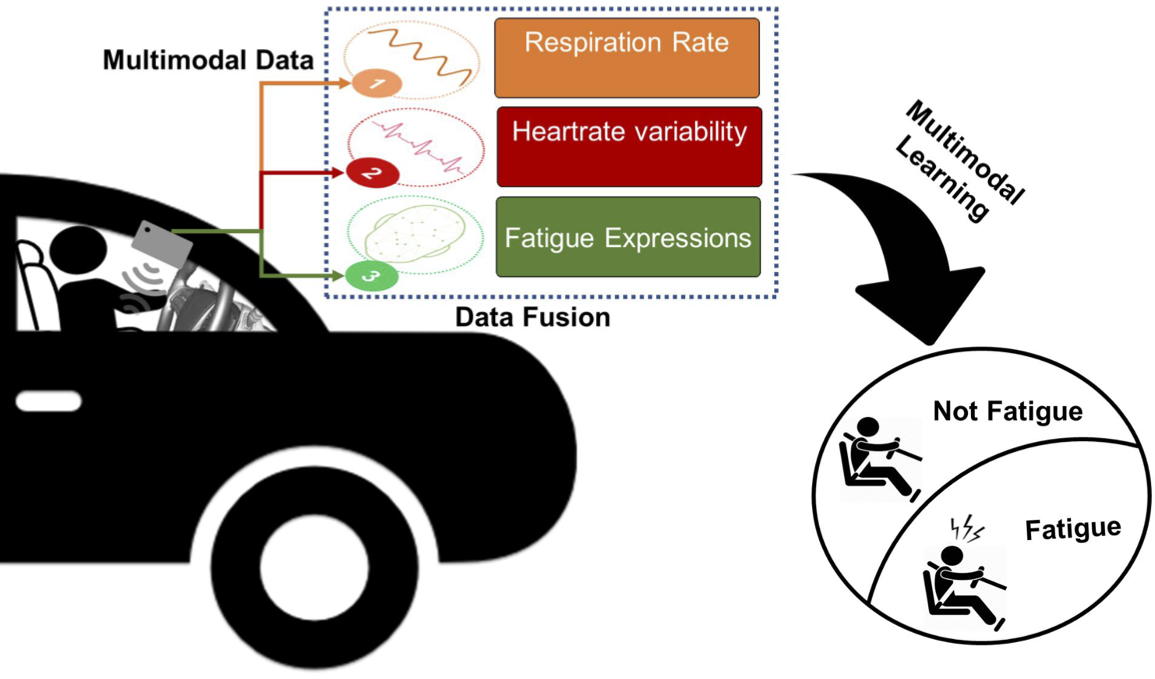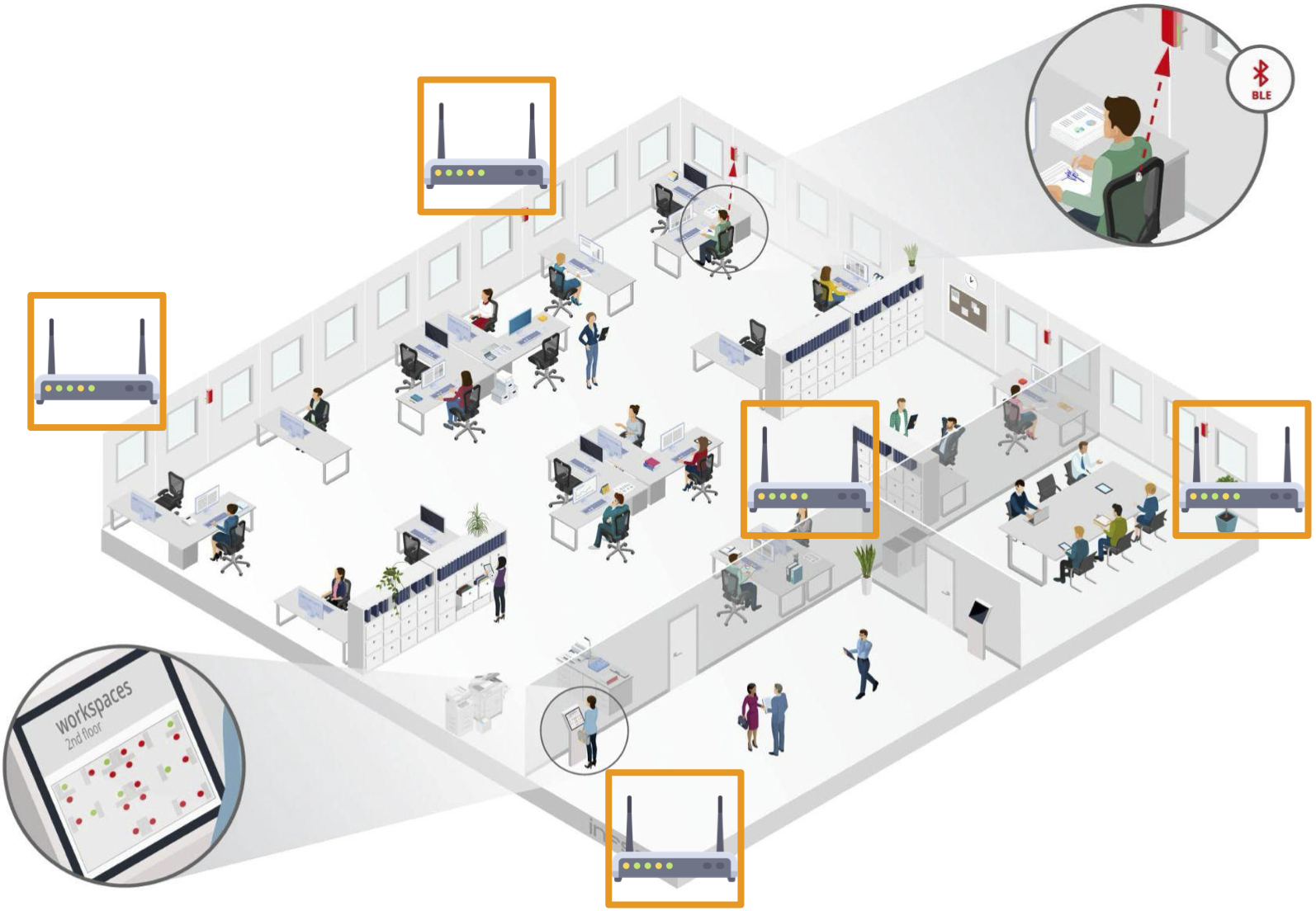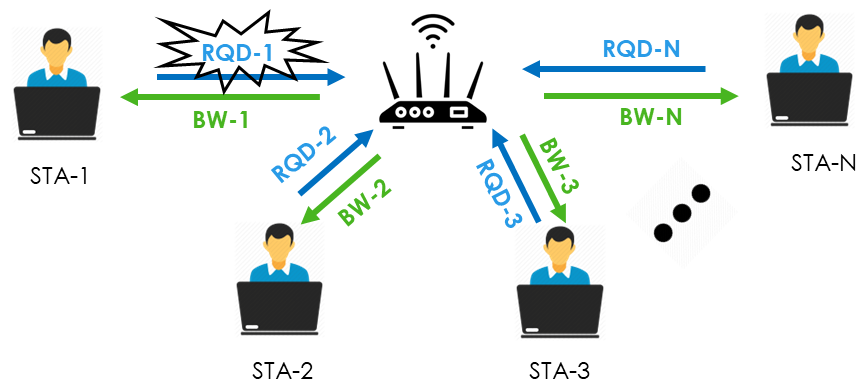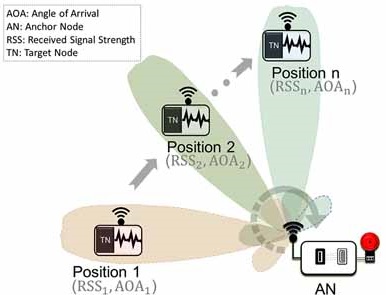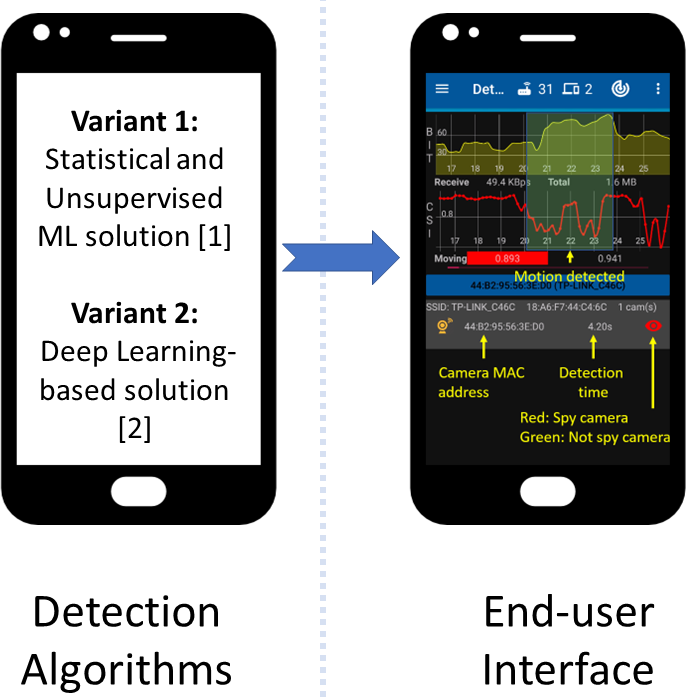
Collaborators: Inha University and KAIST
Research funded by: National Research Foundation of Korea
This is an innovative solution for detecting spy cameras in indoor environments. Our approach utilizes cutting-edge technology to provide a discreet and effective means of protecting personal privacy. The increasing prevalence of spy cameras in private rental spaces has raised serious privacy concerns. Existing detection methods often require users to carry additional hardware or perform cumbersome actions, making them impractical and uncomfortable. Our solution offers an efficient and unobtrusive spy camera detection system. By leveraging Channel States Information (CSI) and monitoring WiFi camera video bitrate fluctuations, our solution eliminates the need for physical hardware or user-intensive actions. Our system is designed to operate seamlessly in multipath-rich environments, ensuring reliable detection without user discomfort. Our system represents a significant advancement in spy camera detection, providing a practical and user-friendly solution to safeguard personal privacy in various indoor environments.
Publications:
IMWUT - Toptier (~20% Acceptance rate)
- CSI: DeSpy: Enabling Effortless Spy Camera Detection via Passive Sensing of User Activities and Bitrate Variations
- Muhammad Salman, Nguyen Dao, Uichin Lee, Youngtae Noh
- DeepDeSpy: A Deep Learning-Based Wireless Spy Camera Detection System
- Dinhnguyen Dao, Muhammad Salman, Youngtae Noh
